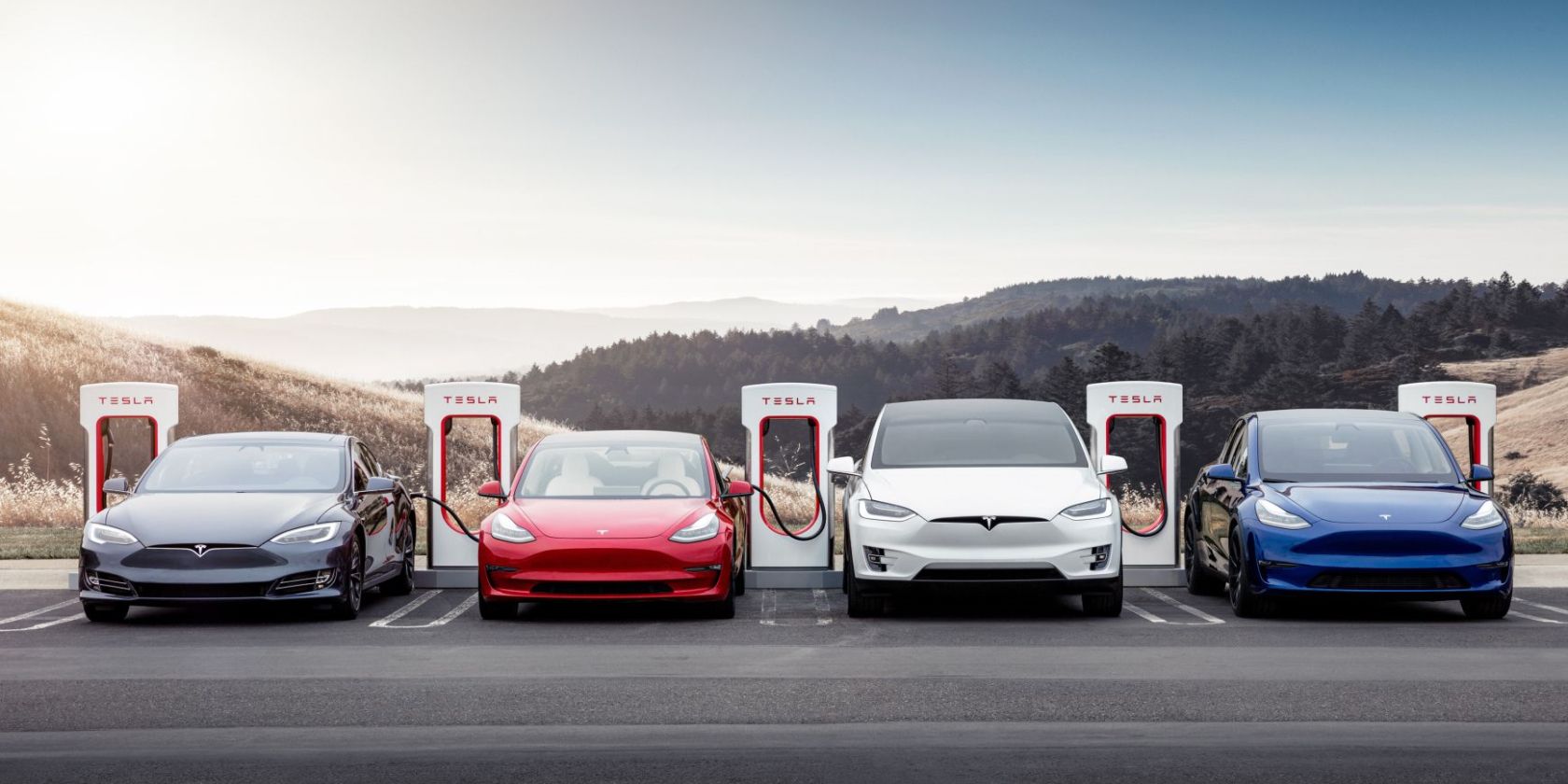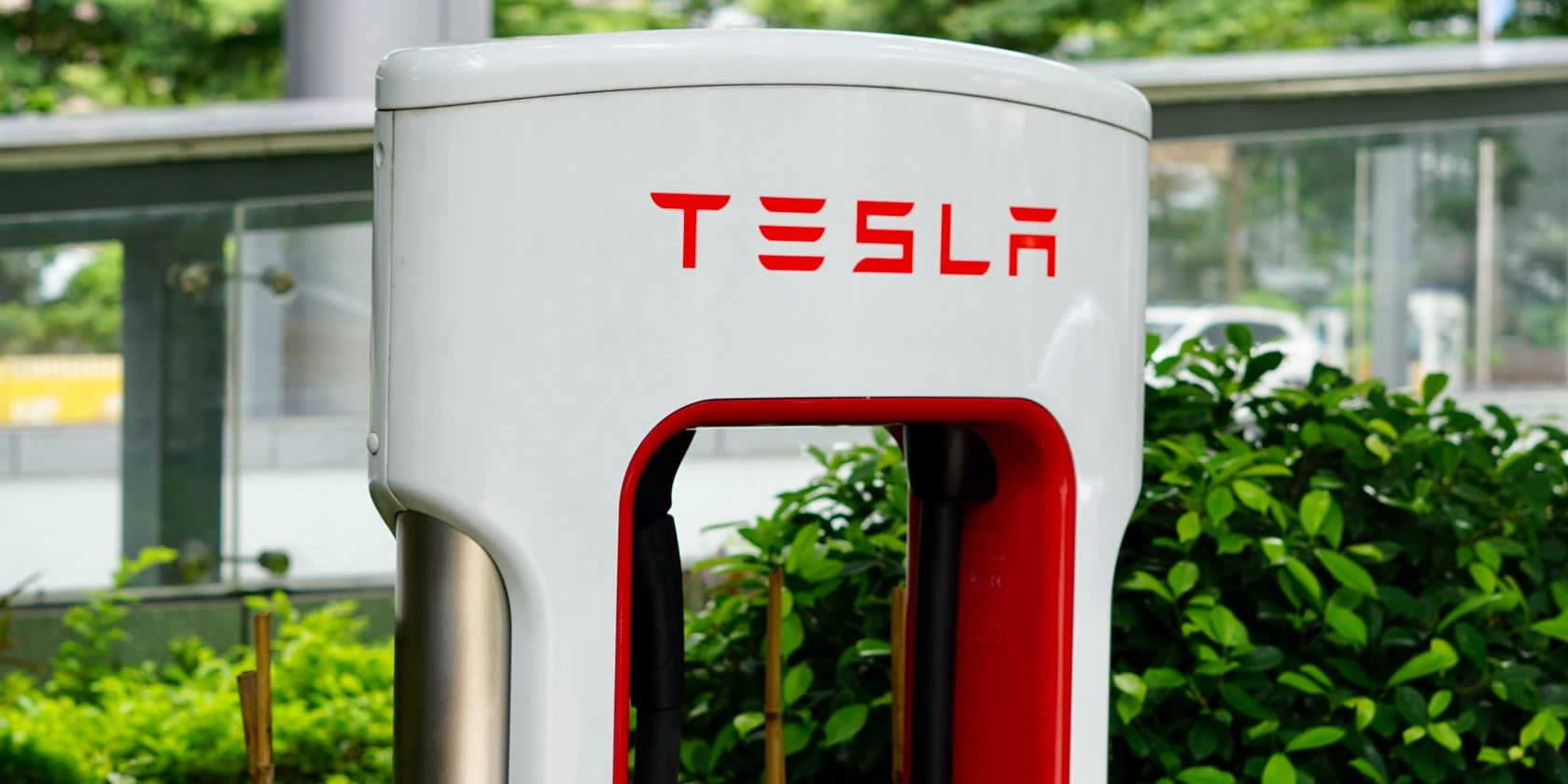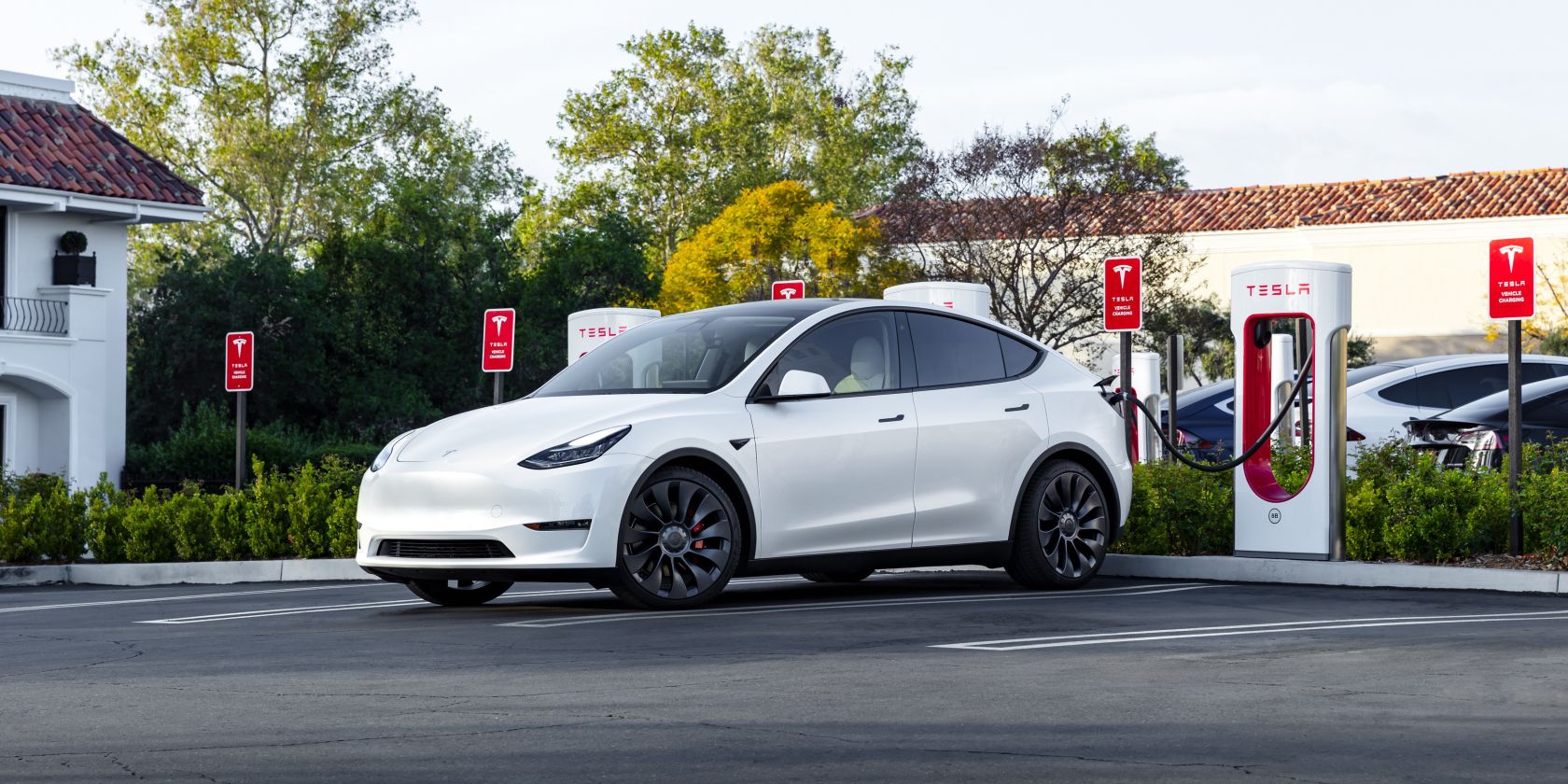Charging an electric vehicle (EV) isn't as simple as filling your car's fuel tank and stopping when it's full. But thanks to Tesla's supercharger network, the process is now becoming faster and more convenient.Tesla's extensive network of superchargers is trying to cure EV owners' biggest fear: running out of battery. But how exactly does a supercharger work, what does it cost, and who can use it?
What Is a Tesla Supercharger?
A Tesla supercharger is a 480V fast charging technology built by Tesla for electric vehicles. More simply, it's just a really fast EV battery charger that uses direct current (DC), unlike conventional chargers.
The Tesla supercharger network was first introduced in September 2012 and has now expanded to over 35,000 chargers and nearly 4,000 stations worldwide.
How Does a Tesla Supercharger Work?
A Tesla car battery comes with something called an "onboard charger" that converts alternating current from the typical power distribution system into DC energy.
But unlike traditional chargers, a Tesla supercharger bypasses the onboard charger by providing DC energy directly to the EV battery. Since the electricity goes directly to the battery, the EV can be charged faster without passing through the onboard charger.
As per Tesla, a supercharger can add 200 miles of range for 15 minutes of charge. This means that you can charge an EV battery from zero to 80% in around 40 minutes. After that, the charging rate slows down to protect the battery's health until it's fully charged.
The time it takes to charge an EV using a supercharger depends on your current charge status and the number of superchargers in use at a station. But generally, it'd probably take around 70 minutes to fully charge your EV battery from zero percent.
How Much Does it Cost to Use a Tesla Supercharger?
You don't have to worry about carrying cash or credit cards when using a supercharger. Since each Tesla car is linked to a specific account, the charging fees will be automatically billed to your Tesla account.
The supercharging fees depend on the location of the charging facility, the amount of electricity you're transferring, and the time of day you're charging (on-peak and off-peak hours).
Tesla owners are charged by the minute in some areas and by the number of units (in kWh) they draw from the grid in other areas. Superchargers that charge by the minute use one of the four tiers based on how fast you're charging.
- Tier 1: The cheapest option and applies to charging speeds under 60KW
- Tier 2: This tier covers charging speeds between 60kW and 100kW
- Tier 3: Applies to 100kW-180kW charging speeds
- Tier 4: The most expensive tier and covers charging speeds above 180kW.
Depending on the model and battery size, it'd cost you around $25 on average to completely charge your Tesla. For a charging station that charges by the minute, the rates could be anywhere between $0.84 and $1.34 per minute. In contrast, the rate for 150kW Electrify America charging is $0.32/minute and $0.24/minute for Pass+ members.
Idle Fees
Tesla charges "idle fees" to EVs that occupy a supercharger after a complete charging session. The aim is to ensure customers utilize the facility quickly and efficiently.
The idle fee is charged per minute and varies between locations. If a car remains parked after it's fully charged, it incurs an idle fee of $0.50 per minute if the station is less than 50% full and $1 per minute if it's 100% full.
Luckily, you can use your Tesla app to monitor your car battery status and get alerts when it's fully charged. If you move your vehicle within five minutes of the charge session completion, you incur no fee.
Who Can Use Tesla Superchargers?
Tesla superchargers were initially designed to charge Tesla vehicles only. But Tesla plans to open up superchargers to everyone now.
As per the White House fact sheet, Tesla will make its supercharger network accessible to non-Tesla EV drivers by the end of 2022.
It's making this move to get a share of the $7.5 billion allocated by the Biden administration to help expand the EV charging network in the US.
Use Superchargers Sparingly
Although a supercharger can rapidly charge your battery, you should rely on it only when needed. Since the charge is strong, it can damage your battery if used frequently.
It's always better to charge your car battery using a home EV charger or the Tesla-provided plug. If your charger comes with an app, you can even schedule to charge overnight and save some electricity costs.



